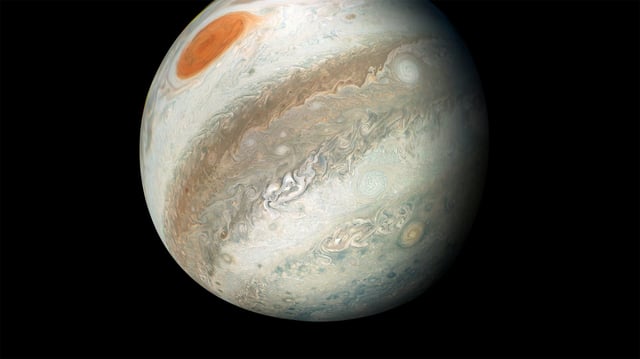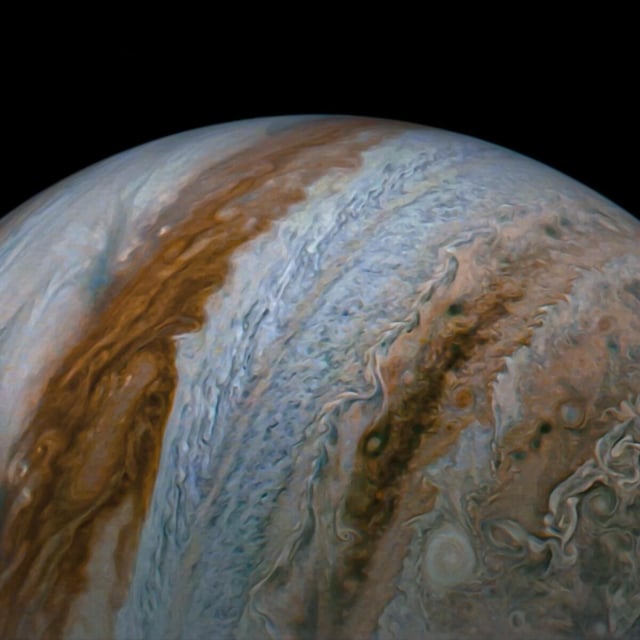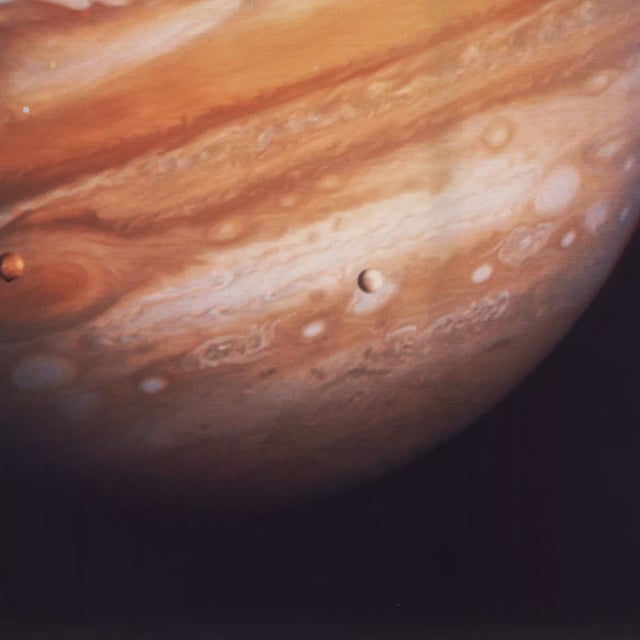Overview
- Researchers reconstructed Jupiter's primordial state using orbital data from its small moons Amalthea and Thebe.
- About 3.8 million years after the first Solar System solids formed, Jupiter was 2–2.5 times its current size and had a magnetic field 50 times stronger than today.
- The findings provide direct evidence supporting the core accretion theory, showing how a rocky core rapidly gathered gas to form giant planets.
- Despite 4.5 billion years of evolution, subtle orbital clues allowed scientists to trace Jupiter's early physical state and contraction over time.
- Jupiter continues to shrink by about two centimeters per year as it cools and loses energy, reflecting its ongoing thermal evolution.



